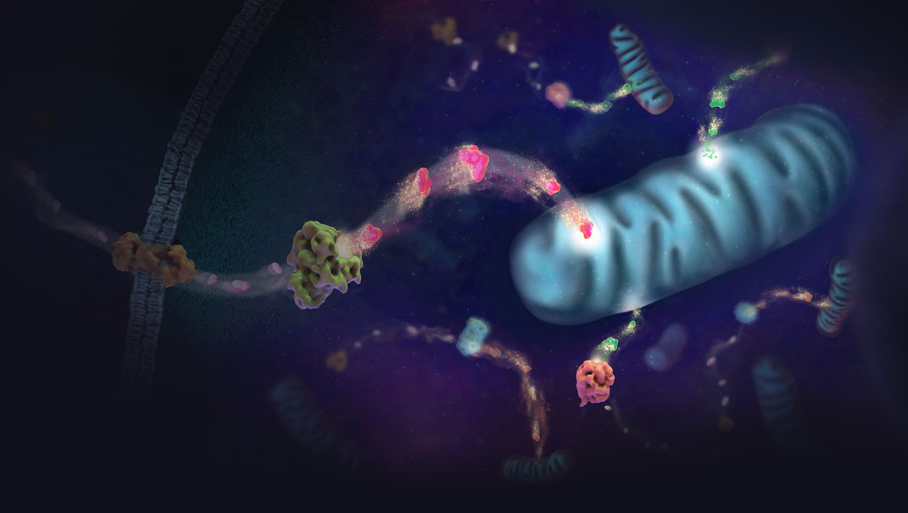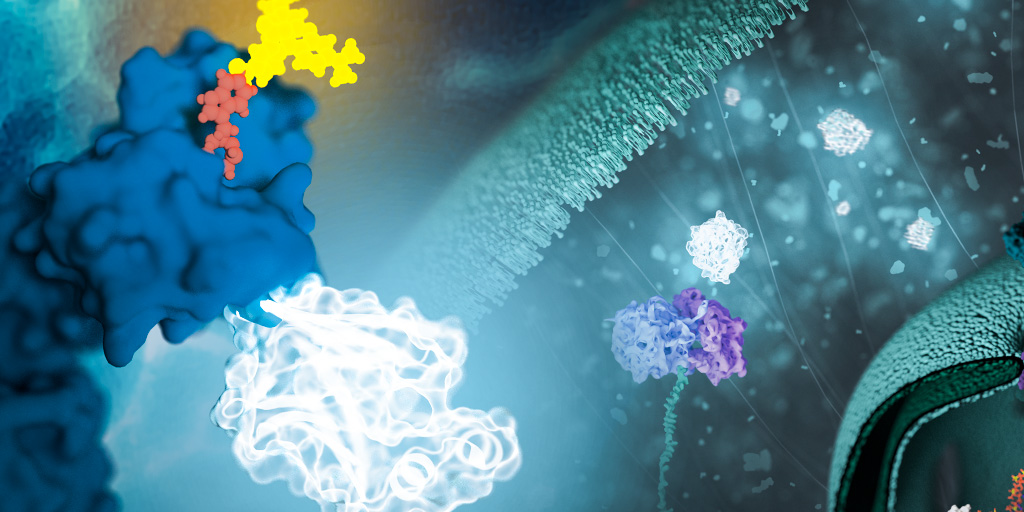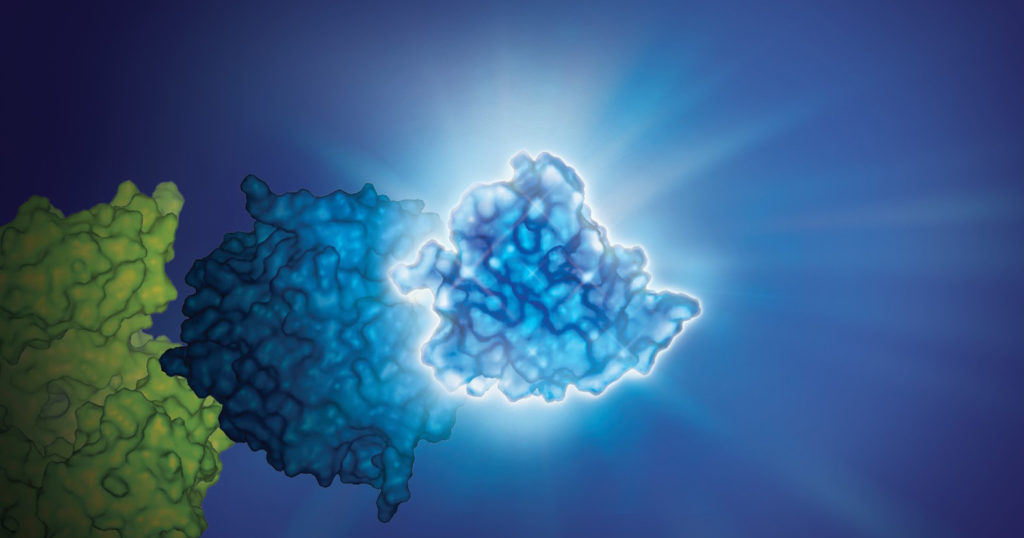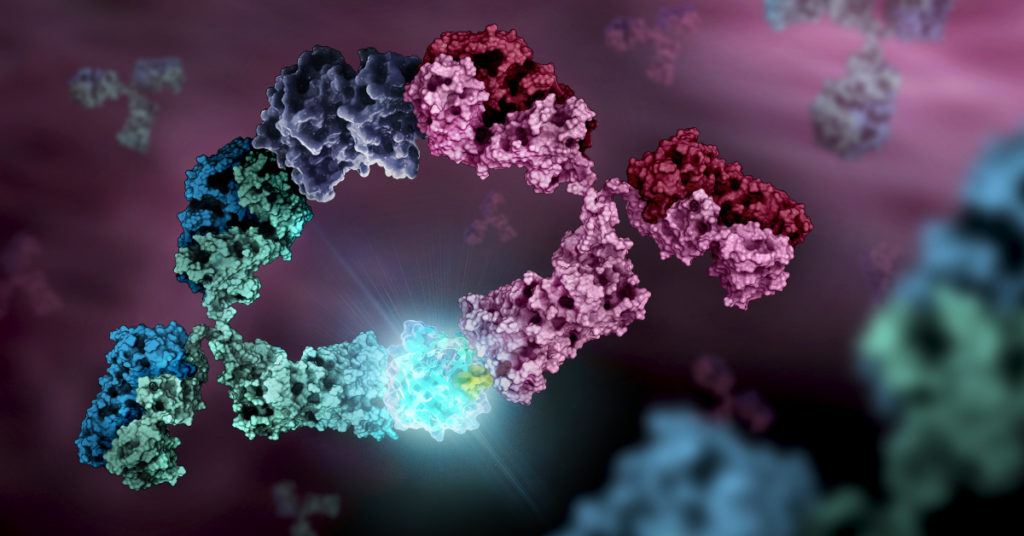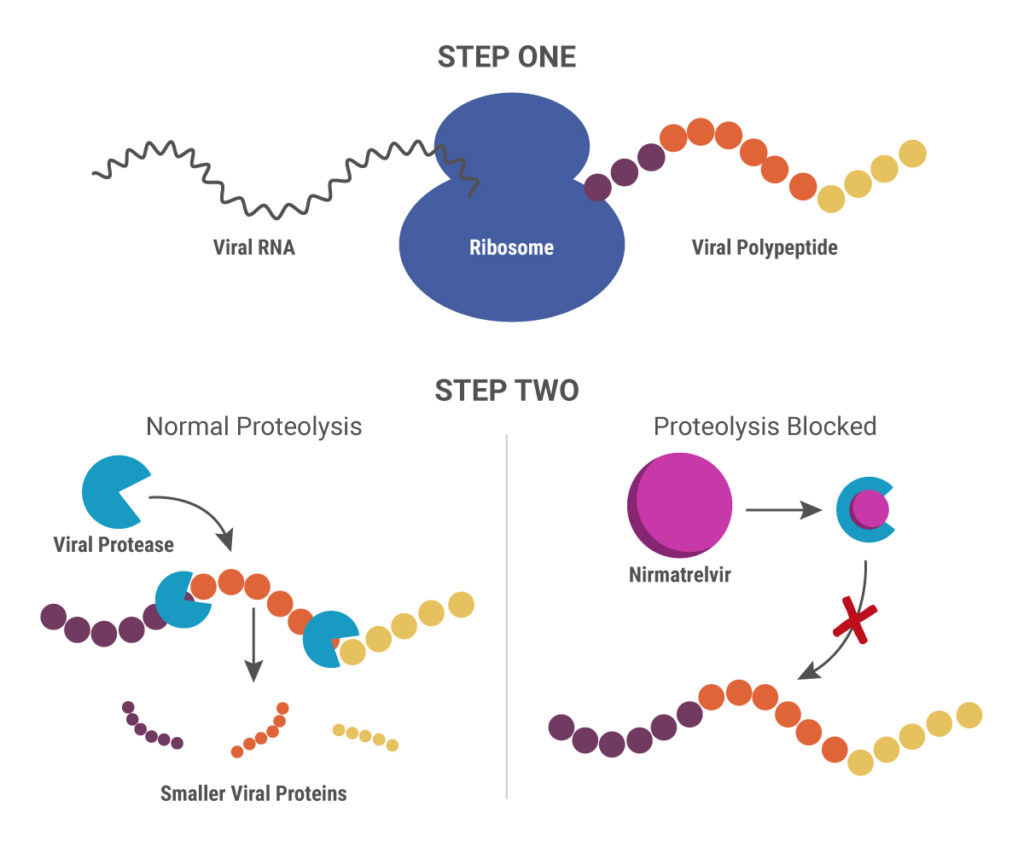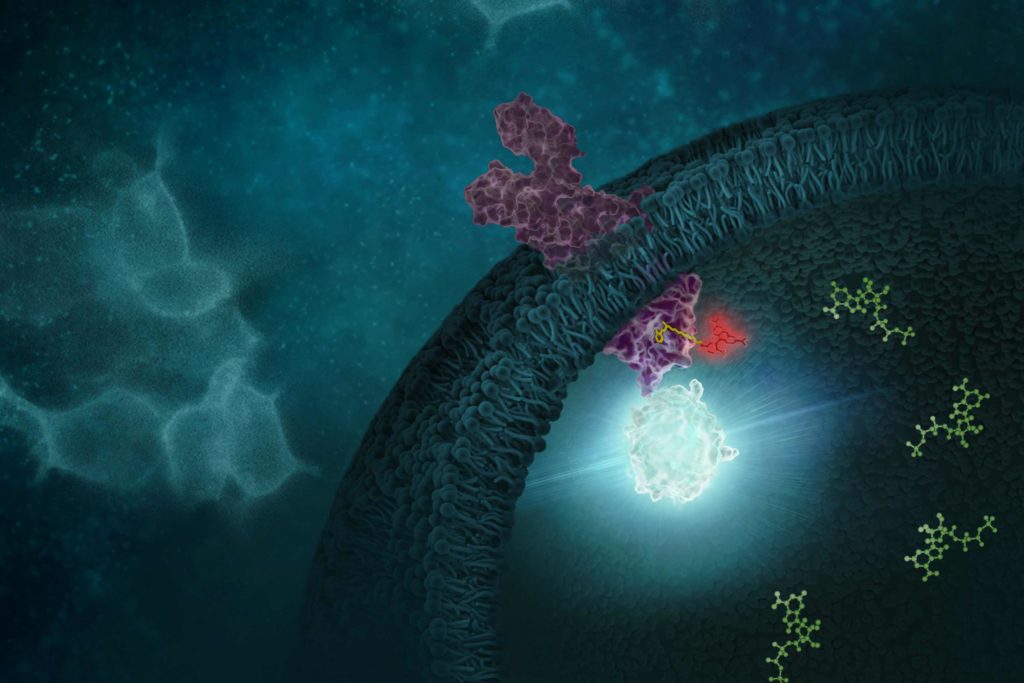Bioluminescent in vivo imaging tools
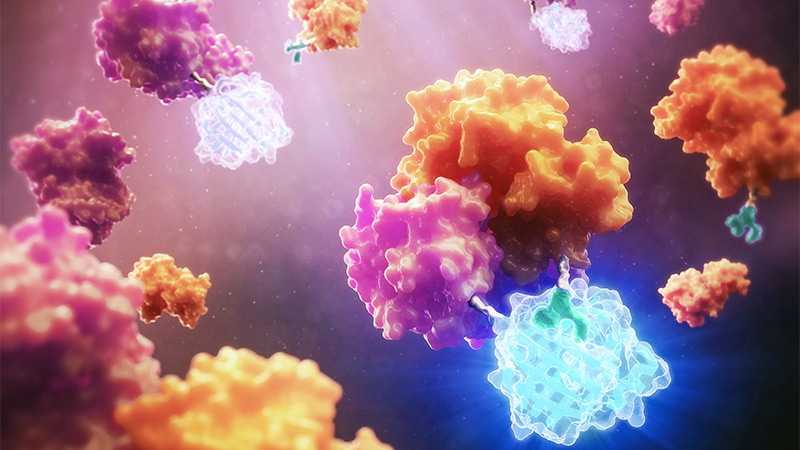
With advancements made over the past few decades, the future of in vivo bioluminescence imaging (BLI) continues to gain momentum. In vivo BLI provides a non-invasive way to image endogenous biological processes in whole animals. This provides an easier method to assess relevant systems and functions. Unlike fluorescent imaging, BLI relies on a combination of enzymes and substrates to produce light, greatly reducing background signal (Refaat et al., 2022). Traditional fluorescent tags are also quite large and may interfere with normal biological function. In vivo BLI research has been around for quite some time, primarily utilizing Firefly luciferase (Luc2/luciferin). A recent advancement was the creation of the small and bright NanoLuc® luciferase (NLuc). Promega offers an wide portfolio of NLuc products that provide ways to study genes, protein dynamics, and protein:protein interactions. To fully grasp the power of these tools, I interviewed several key investigators to determine their perspectives on the future of in vivo BLI. I was specifically interested in their thoughts on NLuc multiplexing potential with Firefly (FLuc), and future research areas. These two investigators are Dr. Thomas Kirkland, Sr. Scientific Investigator at Promega, and Dr. Laura Mezzanotte, Associate Professor at Erasmus MC.
Continue reading “Expert Insights: A Look Forward at Multiplexing for in vivo Bioluminescence Imaging”